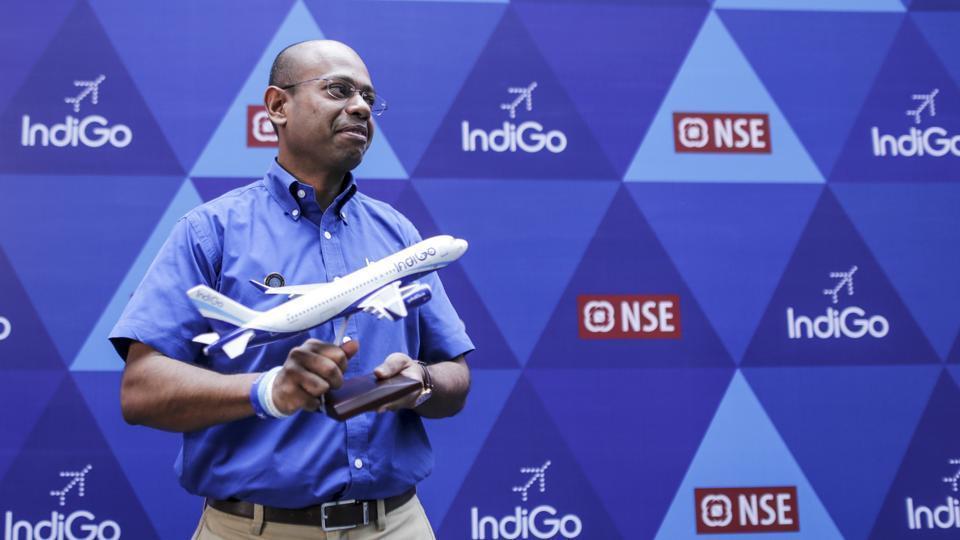Indigo airlines beats Air India and spicejet to become number one airlines in Indian atmosphere. When IndiGo steered to the Indian atmospheres in August 2006, Jet Airways was the biggest airline in India with a business share of 27.7 percent. More than a decade later, the above is the largest airline with a market portion of almost 50 percent, while the latter is on a ventilator. While 6E carrier IndiGo has been the largest airline in India since 2013, the latest data from DGCA shows that IndiGo now commands a market share of almost 50 percent or 49.9 percent to be specific. This means that every second flyer in the country takes an IndiGo flight or every second flight operated in the Indian skies is 6E.

On 12 April 2019, the end flight of Jet Airways flew from Amritsar to Mumbai, and that was the day when Jet Airways laid down its arms. The company’s association in the International Air Transport Association (IATA) was dropped as well, which was enough for a recognition of the shut down of Jet Airways. If one looks at the market share, IndiGo was able to appropriate the chance available post the closing of Kingfisher Airlines in October 2012 and hence, from a market share of 19.75 percent in 2011, it quickly moved to 25.55 percent in 2012 and then dethroned Jet Airways as the largest carrier in 2013 with a market holding of 29.5 percent.

Jet Airways, on the other hand, observed a fall in market share in 2013, mirroring its bad financial health. After having made profits on Kingfisher exit, Jet built its domestic share to 27.4 percent in 2012 from 24.7 percent in 2011 but this quickly went down to 26.2 percent in 2013. Since then, IndiGo has made regular but competitive gains, putting mega orders after every four to five years starting with 100 A320, then 180 and 250 of A320 neo family and then 50 ATRs.

With this, IndiGo now estimates for half of the country’s total order-book. Its market share has reflected the potential induction and has risen from 31.8 percent in 2014 to 36.7 percent in 2015 to 39.3 percent in 2016 to 39.6 percent in 2017 and then transferring 2018 with 41.5 percent.









